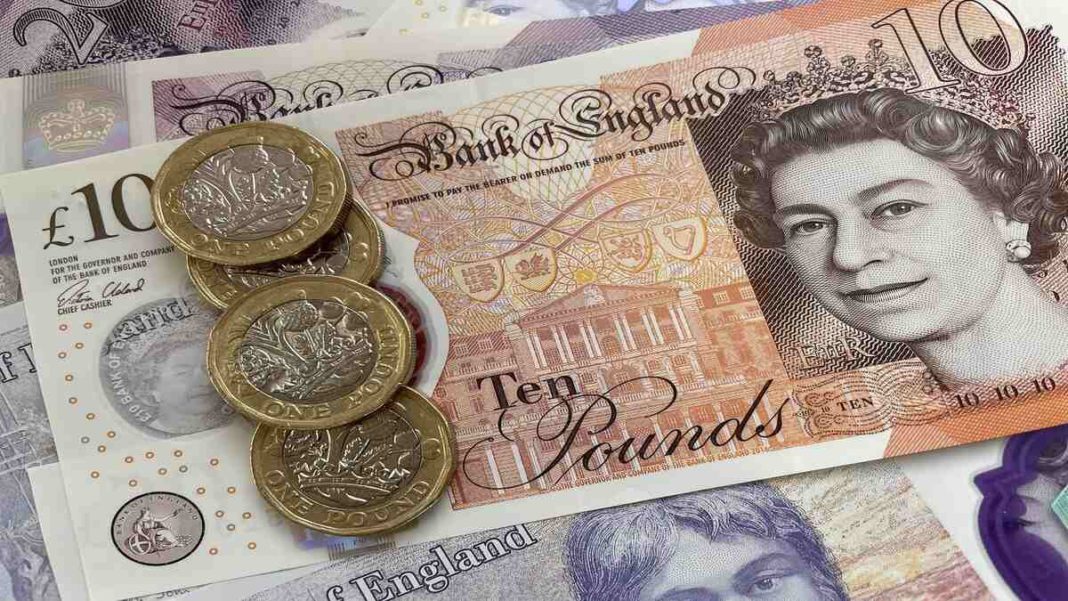UNITED KINGDOM: In May, the UK’s debt load reached over 100% of economic production for the first time since 1961, with government borrowing more than quadrupling. The net debt was predicted to be £2.6 trillion, or 100.1% of GDP, as per Office for National Statistics (ONS). This marks the first time the debt-to-GDP ratio has exceeded 100% since March 1961, except during the epidemic.
Government borrowing increased to £20 billion in May due to energy support programs, inflation-linked benefit payments, and debt interest payments. This was £10.7 billion higher than April but £3 billion less than April, making it the second-highest May borrowing since 1993.
In May, economists expected £19.5 billion in borrowing. Chancellor Jeremy Hunt stated that the pandemic and Russian President Vladimir Putin’s invasion of Ukraine forced the government to make difficult financial decisions. He claimed that the worst effects were protected by spending billions of dollars properly.
To reduce debt, boost the economy, and reduce inflation, the government made essential decisions to balance the books, he said.
The ONS estimated that the government spent nearly £1.5 billion on energy support programs in May, including the energy price guarantee and energy bills reduction program.
The UK’s energy price guarantee, originally scheduled for October to March, has been extended through July. Ofgem’s annual price cap for energy bills is set at £2,074, replacing it on July 1.
In May, central government debt interest paid was £7.7 billion, £700 million higher than the Office for Budget Responsibility’s (OBR) forecast but £200 million lower than a year earlier.
Borrowing reached £42.9 billion in the first two months of the current fiscal year, £2.1 billion more than the OBR’s forecast and an increase of £19.6 billion from the same period a year ago.
The ONS reduced its borrowing projection from the fiscal year to March 2023 by £3 billion to £134.1 billion, making it the fourth-largest monthly borrowing amount since records were kept. This is still £11.8 billion higher than 2021-22.
Also Read: A Prestigious Tribute: Karan Johar Bags UK Parliament Honours for 25 Years in Showbiz



